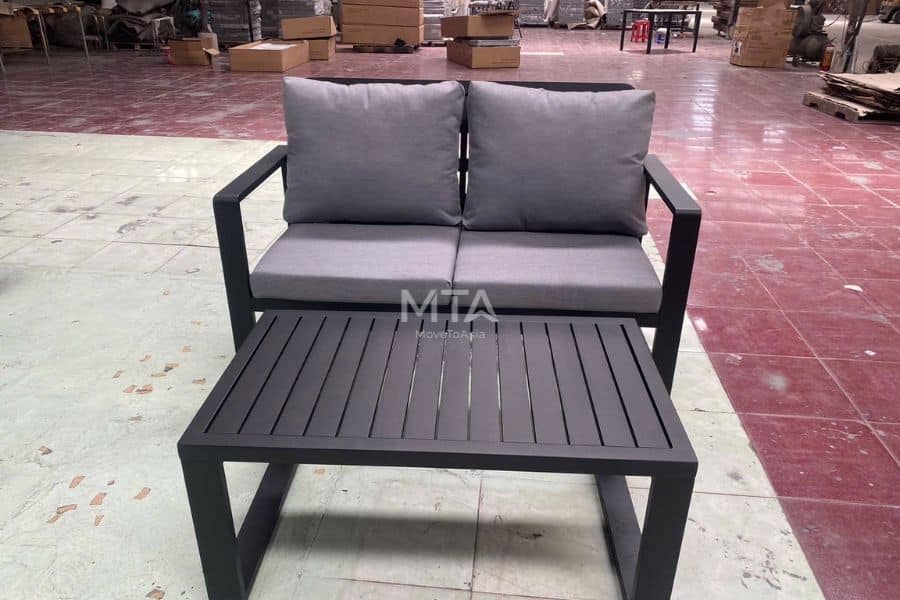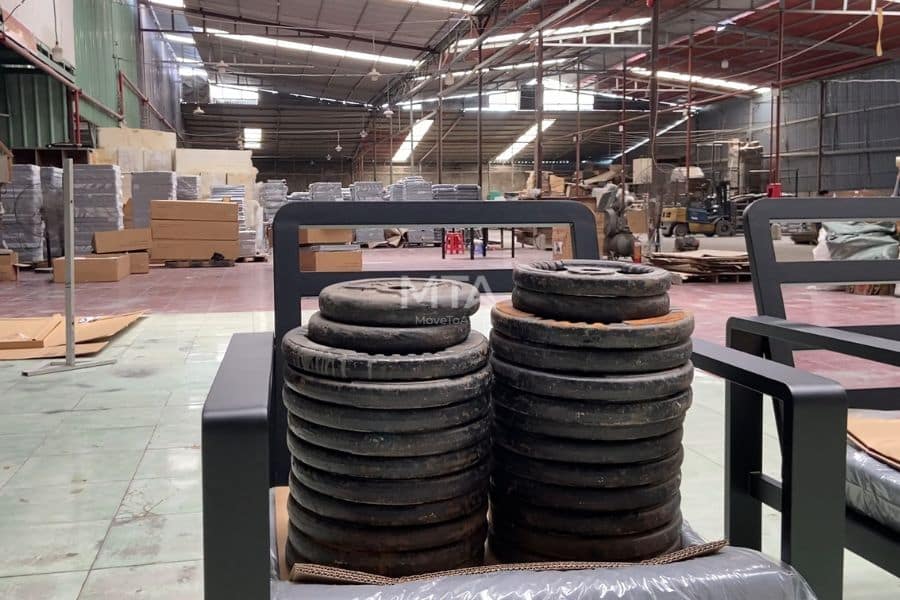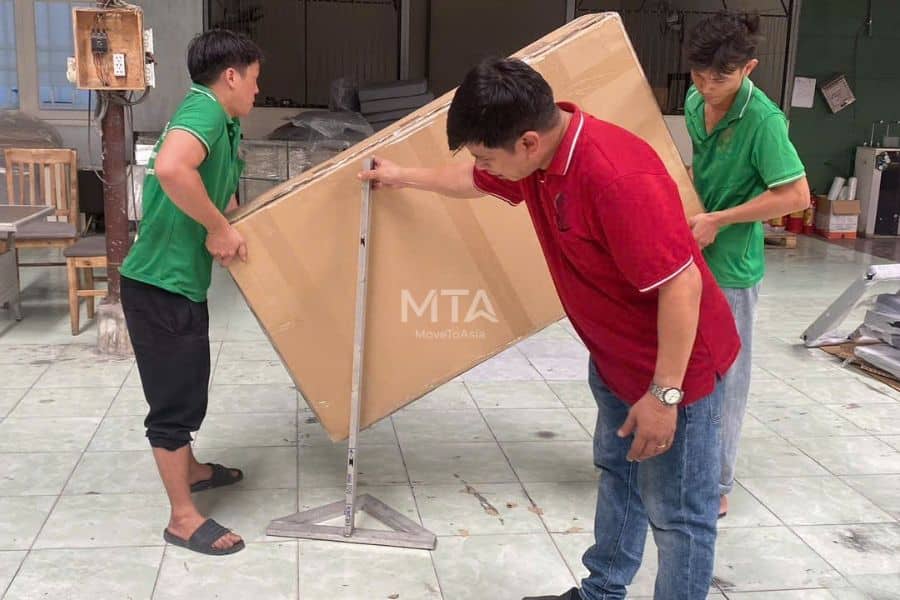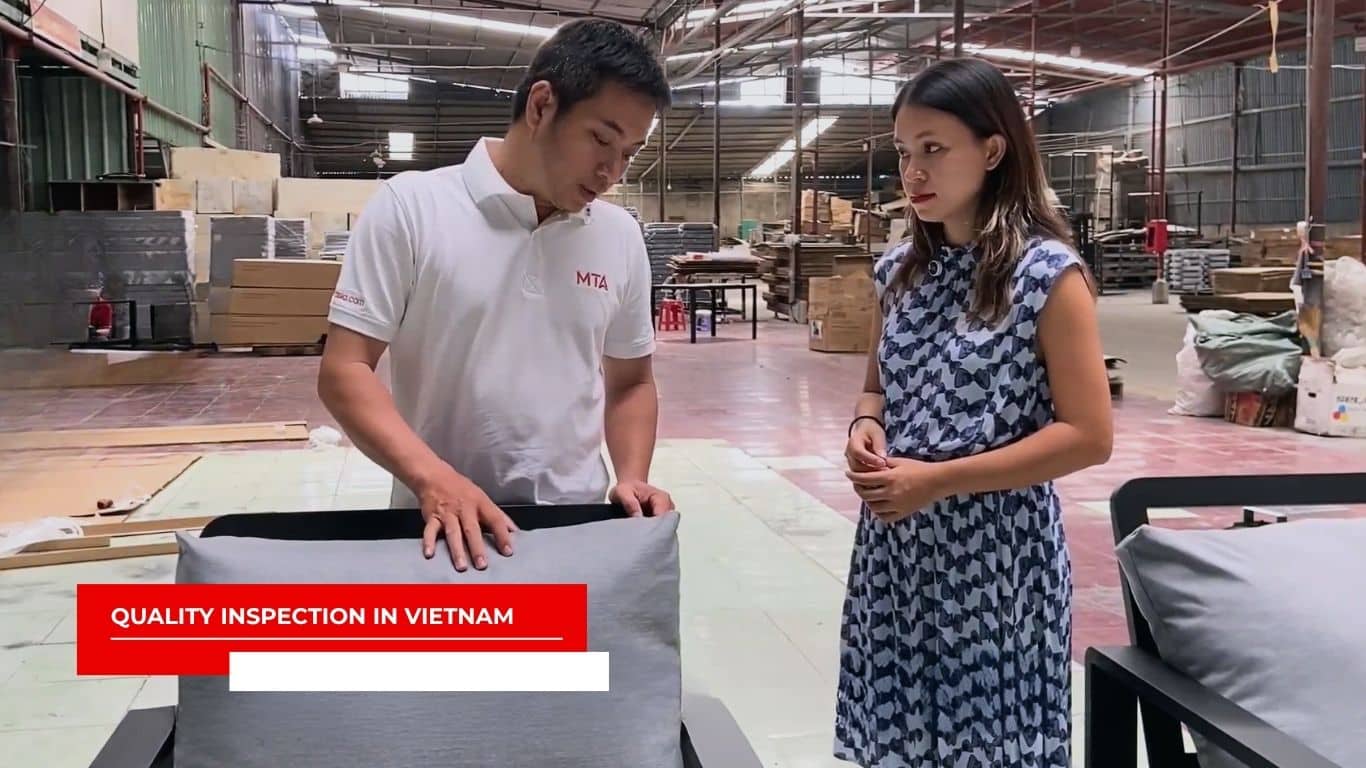Sourcing furniture from Vietnam offers clear cost advantages—but for many international buyers, the physical distance can raise serious concerns. Without direct oversight during production, they often worry whether the products meet specifications or will survive long-distance transit. That’s where sourcing agents step in—not just to manage communication, but to safeguard product quality through on-site inspections.
Understanding the Challenges of Exporting Outdoor Furniture
Hear from industry experts as they discuss the challenges of sourcing furniture in Vietnam—and how they address them to ensure customer satisfaction.
Exporting outdoor furniture involves a unique set of challenges—from material selection to transportation and quality assurance. The manufacturing process starts with sourcing materials strong enough to meet the durability requirements of large, heavy products. This can be difficult, especially when strength, weather resistance, and long-term usability are non-negotiable.
Because of their bulk, these items are typically shipped flat-packed and assembled by the end user. That’s why the design needs to be both durable and easy to use, helping customers put everything together properly even without any prior experience.Packaging plays an equally critical role. Given the weight and dimensions, specialized packaging solutions are essential to protect the product during transit and handling—ensuring it arrives in perfect condition.
Throughout this process, both manufacturers and clients share common concerns about product quality. Clients may worry whether the items are being produced according to contract specifications or risk being damaged in transit.
This is where sourcing agencies become essential—they act as a trusted bridge between overseas buyers and local factories. One of the key ways they build trust is through third-party inspections. By committing to thorough quality checks at every stage—before, during, and after production—they help ensure that international clients can source from Vietnam with confidence.

What Happens During Our Final Inspection?
Throughout the manufacturing process, the Quality Control (QC) team is responsible for conducting weekly inspections to monitor and ensure product quality. These regular checks allow us to provide timely updates to clients regarding the production status. Once production is completed, we conduct a critical phase known as the final inspection, where we thoroughly recheck the condition of the products before they are shipped.

The final inspection process involves a thorough evaluation of several key quality benchmarks to ensure the product meets international standards. This includes testing the load capacity (up to 235kg) to confirm structural strength, inspecting the frame structure and welding for stability and durability, and checking the integrity of screws and joints to ensure everything is securely assembled. We also compare the dimensions against the original CAD specifications to verify accuracy, assess the surface finishing and material compliance for both appearance and safety, and finally, evaluate the packaging quality to ensure the product is well-protected for shipping. As the last step in our inspection, we perform a drop test during the packaging check.
Drop Testing: Simulating Real-World Stress
Furniture shipping through e-commerce channels is very different from traditional retail logistics. During transportation, packages can be dropped, bumped, or stacked under heavy loads. To simulate these real-life situations, manufacturers conduct drop tests to replicate common accidents during delivery.
Packaging boxes are dropped from certain heights and angles, based on international standards. The corners and edges of the boxes are tested for impact resistance, and internal movement is monitored to assess whether the product has shifted within the packaging. After the test is complete, the furniture is thoroughly inspected for structural damage such as cracks, bent frames, or loose joints.
This stress test helps ensure that both the product and packaging can withstand the unpredictable risks of last-mile delivery without affecting the customer experience.

Why Quality Checks Make or Break Export Success
Final inspection is not just a technical step. It is a strategic safeguard that delivers real business value. By thoroughly checking product quality before shipment, businesses can avoid costly issues such as defective goods, compensation claims, and customer complaints. This directly translates into cost savings and higher operational efficiency, especially for exporters managing large or complex orders.
More importantly, a reliable final inspection process provides peace of mind for clients. When products arrive exactly as specified, with no defects, no damage, and meeting all agreed standards, it builds trust in the supplier or sourcing agency. This trust often leads to repeat business, long-term partnerships, and a stronger reputation in the international market.
In short, investing in final inspection is not an added cost. It is a smart move that protects your brand, satisfies customers, and drives sustainable growth.
Final Thought: Quality Builds Trust, Inspection Secures Growth
Sourcing outdoor patio sets of furniture from Vietnam offers undeniable cost advantages, but these benefits are only fully realized when paired with reliable quality control. Physical distance can create uncertainty; however, a structured inspection process helps bridge that gap by providing clarity, trust, and consistency.
At the heart of successful exports is more than just competitive pricing. It is the assurance that every piece is built to last, shipped securely, and delivered exactly as promised. Final inspection, especially when managed by experienced sourcing agents, is the key to turning that assurance into action. It safeguards products from costly errors, ensures compliance with international standards, and gives clients the confidence they need to scale their operations successfully.

